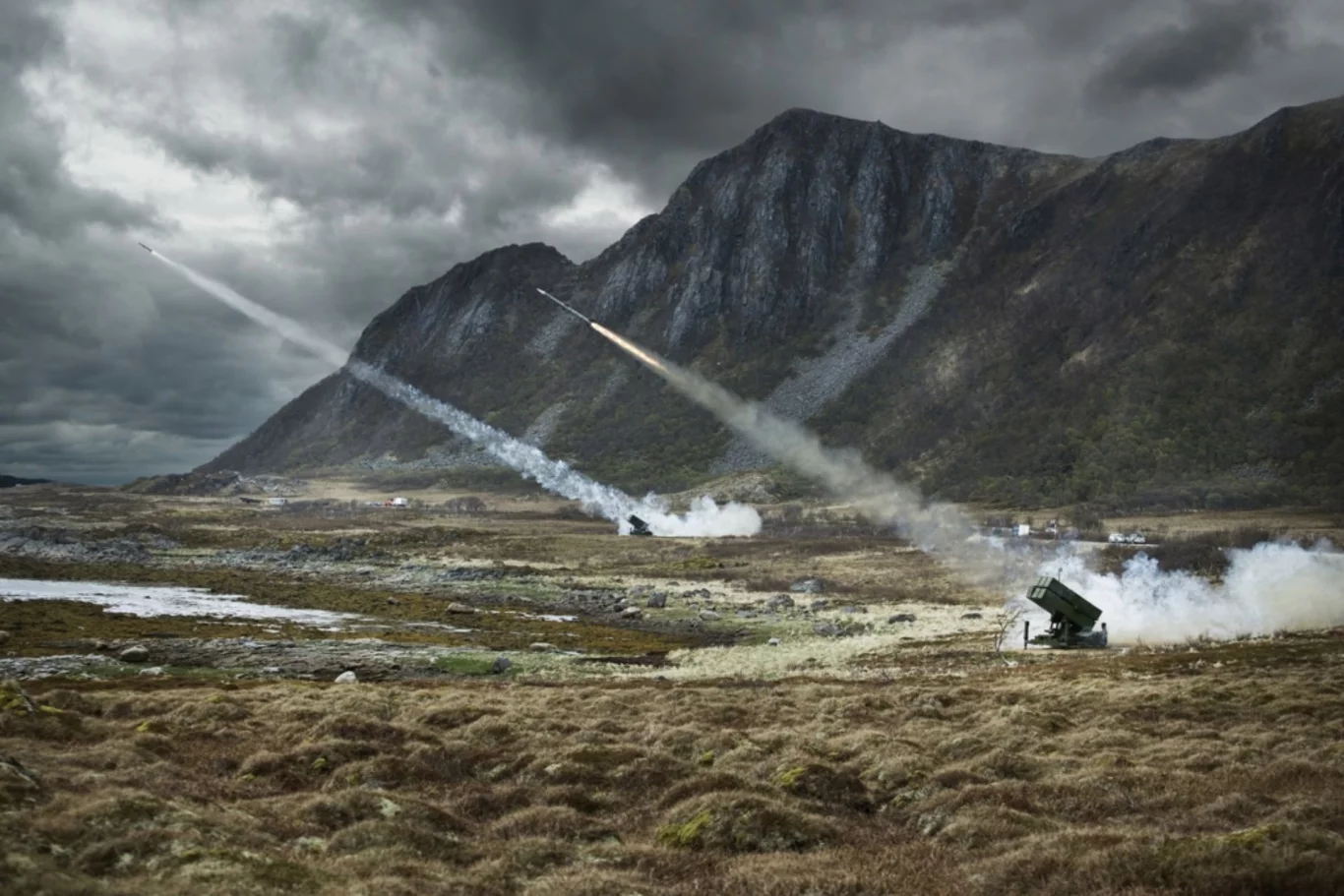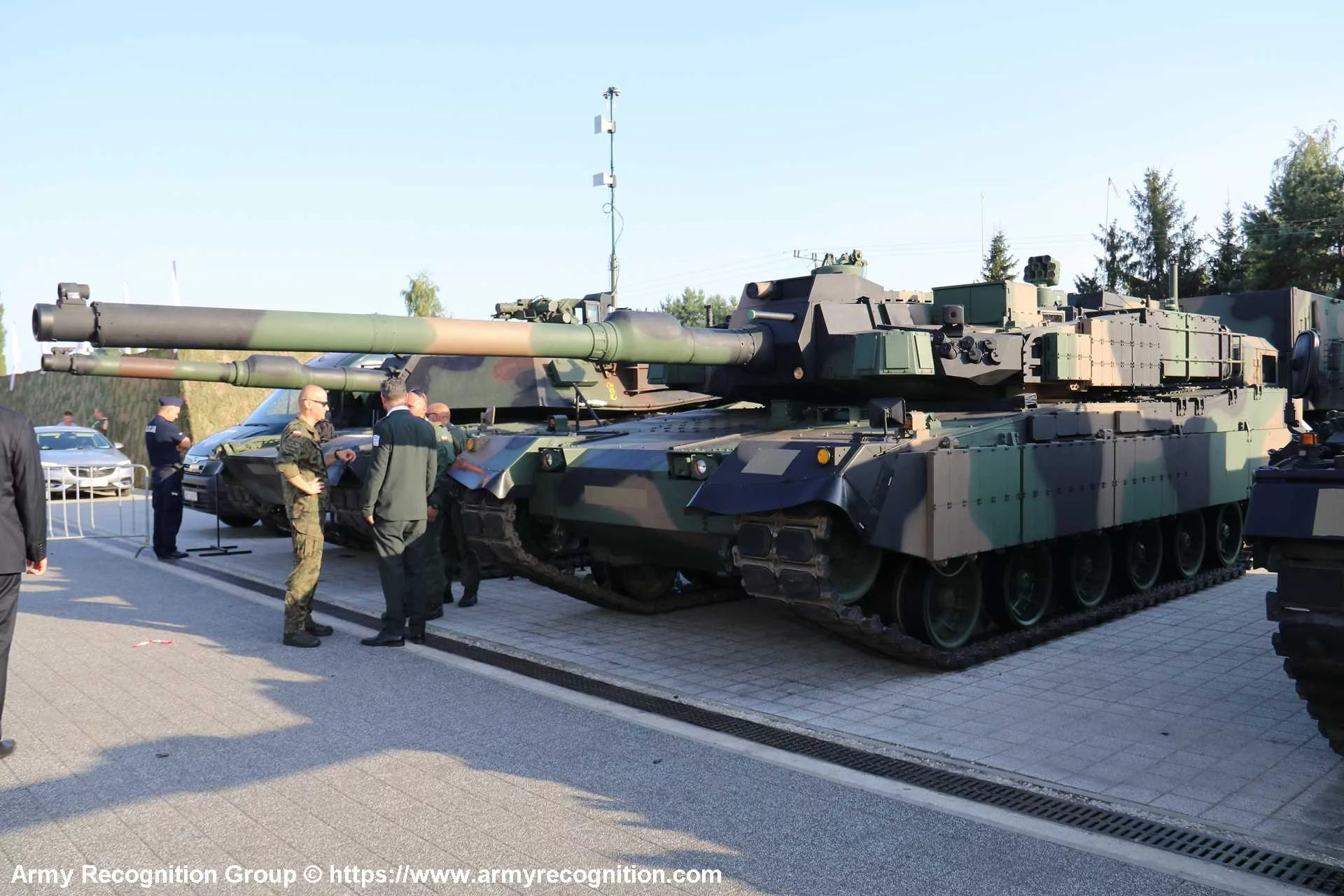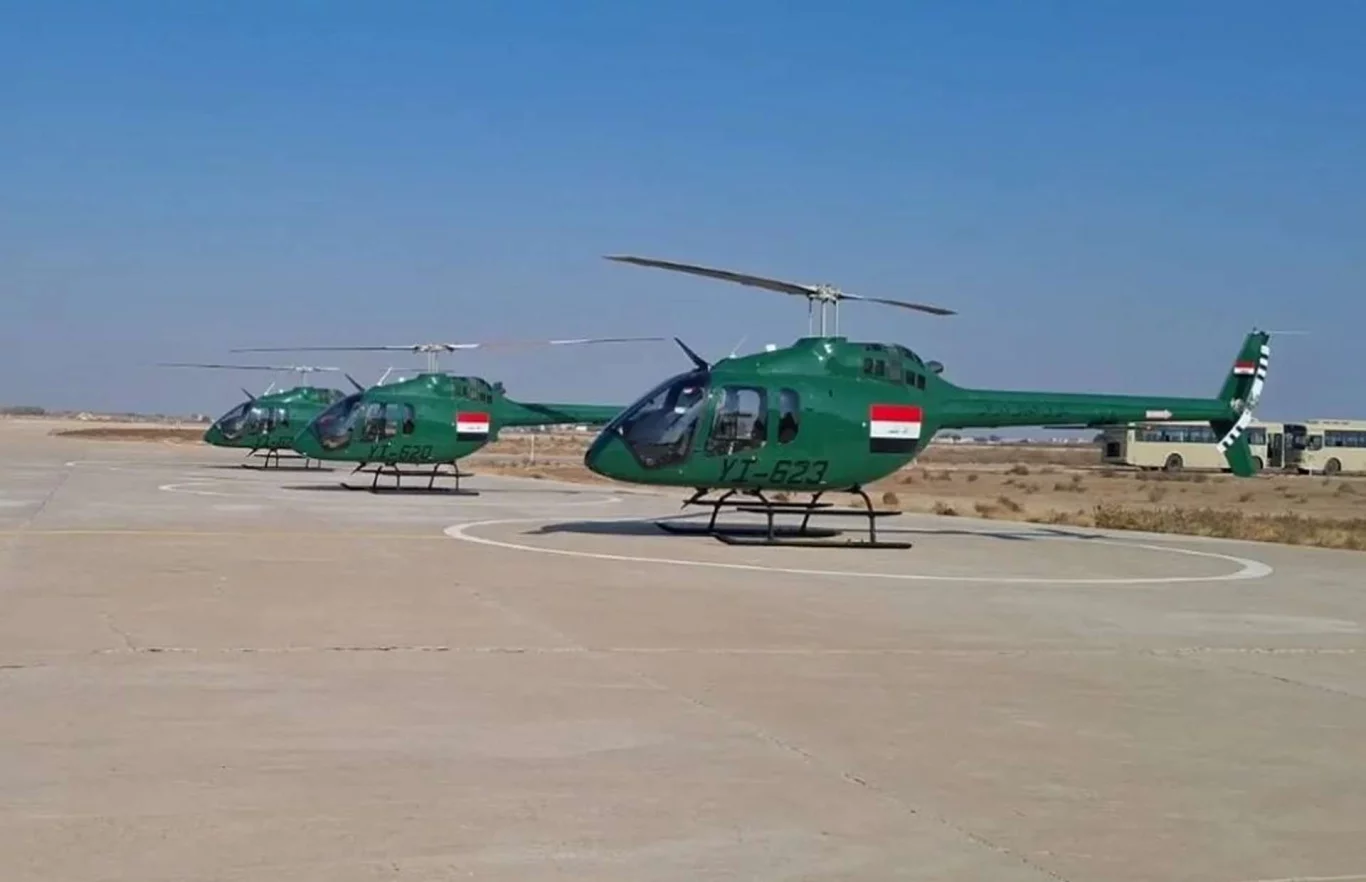The future of warfare isn’t just about boots on the ground or tanks rolling across plains; it’s increasingly about eyes in the sky and the intricate dance of autonomous machines. And at the forefront of this evolution, the Singapore Army is making a significant stride. Recent reports from Exercise Wallaby 2025 have revealed a groundbreaking trial that promises to redefine drone warfare as we know it: the deployment of a “mothership” Unmanned Aerial Vehicle (UAV). This isn’t merely an incremental upgrade; it’s a strategic leap, showcasing Singapore’s commitment to staying ahead in the ever-complex landscape of modern defense.
Imagine a single, larger drone acting as an airborne command center, capable of deploying and recovering a swarm of smaller, specialized UAVs. This is the essence of the mothership concept, and its implications are nothing short of revolutionary.
Why a Mothership UAV? The Strategic Advantages
The introduction of a mothership UAV addresses several critical challenges faced by traditional drone operations:
- Extended Range and Endurance: Current smaller reconnaissance or combat drones often have limited flight times and operational ranges. A mothership can carry these smaller assets much further, deploying them exactly where and when they’re needed, and then recovering them for re-tasking or recharging. This dramatically expands the reach and persistence of drone operations without needing multiple launch and recovery points on the ground.
- Enhanced Flexibility and Adaptability: A mothership can carry a diverse payload of smaller drones, each designed for specific missions – reconnaissance, target designation, electronic warfare, or even delivering small payloads. This modularity allows military commanders to tailor their drone response to evolving battlefield conditions in real-time. Need more eyes on a specific area? Deploy more reconnaissance drones. Encountering unexpected enemy air defenses? Send in electronic warfare drones.
- Swarm Tactics and Overwhelming Force: The ability to deploy multiple drones simultaneously from a single platform opens the door for sophisticated swarm tactics. A coordinated swarm can overwhelm enemy air defenses, conduct multi-directional attacks, or cover a vast area for intelligence gathering much more effectively than a single drone. This creates a significant tactical advantage, making it harder for adversaries to predict and counter.
- Reduced Human Exposure: By pushing the “front line” further into the air and automating more complex operations, the mothership concept inherently reduces the need for human personnel in dangerous environments. While human oversight remains crucial, the direct exposure to threats is minimized, enhancing troop safety.
- Logistical Efficiency: Consolidating drone deployment and recovery onto a single airborne platform can simplify logistics. Instead of managing multiple ground-based launch systems and recovery teams across a wide area, resources can be concentrated on supporting the mothership.
Exercise Wallaby 2025: A Glimpse into Tomorrow
The decision to trial this cutting-edge technology at Exercise Wallaby 2025 is highly significant. This large-scale, biennial exercise, held in Australia, provides an unparalleled opportunity for the Singapore Armed Forces (SAF) to test new concepts and equipment in a realistic and expansive training environment. The rugged terrain and vast airspace of Shoalwater Bay offer the perfect proving ground for a sophisticated system like the mothership UAV.
During these trials, the Singapore Army will undoubtedly be evaluating:
- Operational Effectiveness: How well does the mothership integrate with existing command and control systems? How efficiently can it deploy and recover smaller drones?
- Technical Reliability: The robustness of the launch and recovery mechanisms, the communication links between the mothership and its deployed drones, and the overall system stability.
- Tactical Applications: Exploring new doctrines and strategies for utilizing this capability in various scenarios, from intelligence gathering to supporting ground maneuvers.
Singapore’s Vision for a Networked Battlefield
This move by the Singapore Army is not an isolated incident; it’s part of a broader, strategic vision to develop a highly networked and technologically advanced fighting force. Singapore, a nation with limited geographical depth, has consistently invested in leveraging technology as a force multiplier. The mothership UAV aligns perfectly with this strategy, enabling a small but highly capable military to project significant power and maintain situational awareness over a wide operational area.
It also signals a strong emphasis on integrating unmanned systems seamlessly into manned operations, creating a more cohesive and formidable force. The future battlefield will be a complex mosaic of human decision-making and autonomous execution, and Singapore is actively shaping its forces to thrive in this environment.
The Road Ahead: Challenges and Opportunities
While the potential of the mothership UAV is immense, its full operational integration will undoubtedly come with challenges. These could include:
- Complexity of Systems: Managing a mothership and a swarm of smaller drones requires highly sophisticated AI, robust communication networks, and advanced sensor fusion capabilities.
- Counter-Drone Technologies: As drone technology advances, so too will methods to counter them. Ensuring the mothership and its deployed drones are resilient against jamming, spoofing, and physical attacks will be crucial.
- Ethical and Legal Frameworks: The increasing autonomy of weapon systems necessitates ongoing discussions and clear frameworks regarding accountability and rules of engagement.
Despite these challenges, the deployment of the mothership UAV at Exercise Wallaby 2025 marks a pivotal moment. It’s a clear indication that Singapore is not just observing the evolution of drone warfare but actively leading it. This innovative approach promises to significantly enhance the Singapore Army’s capabilities, projecting a future where the skies are not just watched, but commanded, by intelligent and interconnected aerial systems.
The world watches as Singapore takes to the skies with its cutting-edge mothership UAV. This development could very well be a blueprint for how smaller, technologically advanced nations will approach defense in the 21st century.




